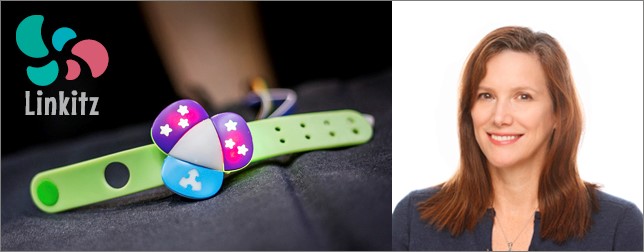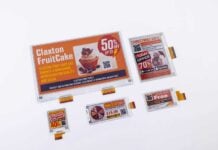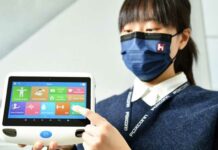Lyssa Neel is the CEO of Linkitz, a wearable electronic toy that teaches kids to code. We had the chance to interview Lyssa and learn more about Linkitz. If you want to know more about it and see a live demo they will be speaking at our next upcoming WT | Wearable Technologies Conference Canada on Sept. 10! Don’t miss it!
1. How was Linkitz born?
A few years ago, I was in San Francisco at a conference, and I started to wonder why so few girls were choosing to go into my field, Computer Science. I really love programming and building things — it is so much fun! — and I couldn’t understand why more girls weren’t interested in this as a career. I read studies that pointed to the way that toys are marketed differently to young boys and girls, and how that marketing sends the message that engineering isn’t something girls do. Also, a lot of tech toys are designed to be something you build alone in your room, not something you play with your friends, so the toys don’t appeal to the many girls who prefer social play. I saw this with my own three daughters. I had bought them all the good engineering toys, and those toys did not fit into the way they liked to play. So I decided to work on a toy that would give girls hands-on experience with making electronic things and programming them, but in a way that related to the things that many girls already like to do.
2. How does it work?
Linkitz is made up of a number of modules, which we call “links”. Every link does something different, and you connect them together in various configurations, to make different wearable toys. Right now we have a programmable link, a radio link for communication, a speaker, a microphone, a motion sensor and an LED link. You can use these to make things like a walkie talkie, a color tag or Simon Says game, or send secret messages in code. Kids can also program the links to choose their own light colors and sounds, and even make their own games. We have about 20 more links in the pipeline.
3. Why is it Linkitz only for girls?
That’s a great question! What does it mean to be a “toy for girls”? To us, it’s not about pink boxes or excluding boys. Any child can play with any toy; both girls and boys show a lot of enthusiasm when playing with Linkitz.
But just like a lot of traditional toy marketing uses cues like only showing boys on the box to cue toy buyers that “this is a toy targeted for a boy,” we want the parents, aunts, uncles, and grandparents buying toys for their children to see our Linkitz box and recognize that we’ve created this toy to welcome girls’ interest exploring STEM-related fields as our first addressable market.
4. Why do you think there is a lack of women in tech?
I think that discouraging girls from going into tech starts very early, and the subtle and not-so-subtle discouragement continues into adulthood.
5. What is your favorite wearable tech product besides your own one?
Design-wise, I’m a fan of the Misfit Shine. I love the sleek design and how it expresses the information you need from it through the circle of illuminated dots. It is a very clever, low-energy-use user experience.
For future products, I’m looking forward to clothing made of smart materials that can change their configuration or structure to automatically keep you warmer or cooler.















